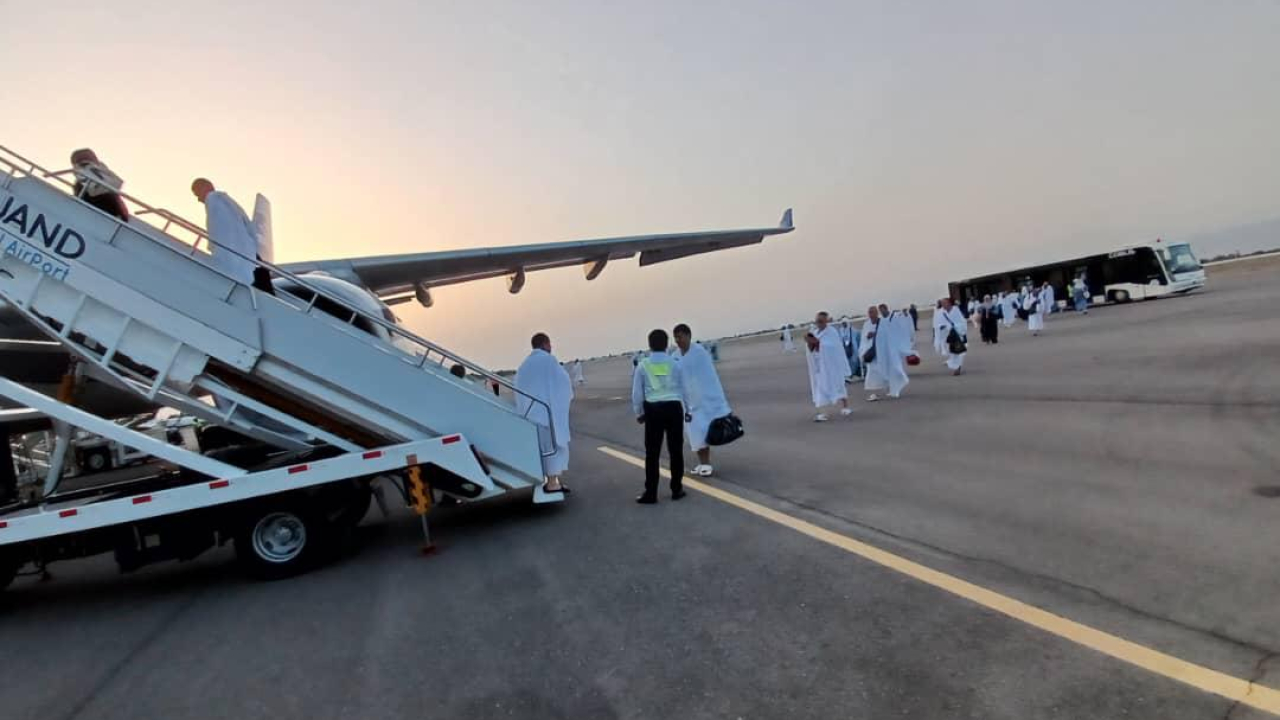2020 worst year in history for air travel

Middle Eastern airlines’ annual passenger demand in 2020 was 72.9% below 2019. Image: IATA
Forward bookings have been falling sharply since late December.
International passenger demand in 2020 was 75.6% below 2019 levels. Capacity, (measured in available seat kilometers or ASKs) declined 68.1% and load factor fell 19.2 percentage points to 62.8%.
Domestic demand in 2020 was down 48.8% compared to 2019. Capacity contracted by 35.7% and load factor dropped 17 percentage points to 66.6%.
December 2020 total traffic was 69.7% below the same month in 2019, little improved from the 70.4% contraction in November. Capacity was down 56.7% and load factor fell 24.6 percentage points to 57.5%.
Bookings for future travel made in January 2021 were down 70% compared to a year-ago, putting further pressure on airline cash positions and potentially impacting the timing of the expected recovery.
IATA’s baseline forecast for 2021 is for a 50.4% improvement on 2020 demand that would bring the industry to 50.6% of 2019 levels. While this view remains unchanged, there is a severe downside risk if more severe travel restrictions in response to new variants persist. Should such a scenario materialize, demand improvement could be limited to just 13% over 2020 levels, leaving the industry at 38% of 2019 levels.
“Last year was a catastrophe. There is no other way to describe it. What recovery there was over the Northern hemisphere summer season stalled in autumn and the situation turned dramatically worse over the year-end holiday season, as more severe travel restrictions were imposed in the face of new outbreaks and new strains of COVID-19.” said Alexandre de Juniac, IATA’s director general and CEO.
Middle Eastern airlines’ annual passenger demand in 2020 was 72.9% below 2019. Annual capacity fell 63.9% and load factor plummeted 18.9 percentage points to 57.3%. December’s traffic was down 82.6% compared to December 2019, improved from an 86.1% drop in November.
International Passenger Markets
Asia-Pacific airlines’ full-year traffic plunged 80.3% in 2020 compared to 2019, which was the deepest decline for any region. It fell 94.7% in the month of December amid stricter lockdowns, little changed from a 95% decline in November. Full year capacity was down 74.1% compared to 2019. Load factor fell 19.5 percentage points to 61.4%.
European carriers saw a 73.7% traffic decline in 2020 versus 2019. Capacity fell 66.3% and load factor decreased 18.8 percentage points to 66.8%. For the month of December, traffic slid 82.3% compared to December 2019, an upturn over the 87% year-to-year decline in November reflecting pre-holiday momentum that was reversed toward the end of the month.
North American airlines’ full year traffic fell 75.4% compared to 2019. Capacity dropped 65.5%, and load factor sank 23.9 percentage points to 60.1%. December demand was down 79.6% compared to the same month a year-ago, a pick-up over an 82.8% drop in November reflecting a holiday surge.
Latin American airlines had a 71.8% full year traffic decline compared to 2019, making it the best performing region after Africa. Capacity fell 67.7% and load factor dropped 10.4 percentage points to 72.4%, by far the highest among regions. Traffic fell 76.2% for the month of December compared to December 2019, somewhat improved from a 78.7% decline in November.
Stay up to date
Subscribe to the free Times Aerospace newsletter and receive the latest content every week. We'll never share your email address.

